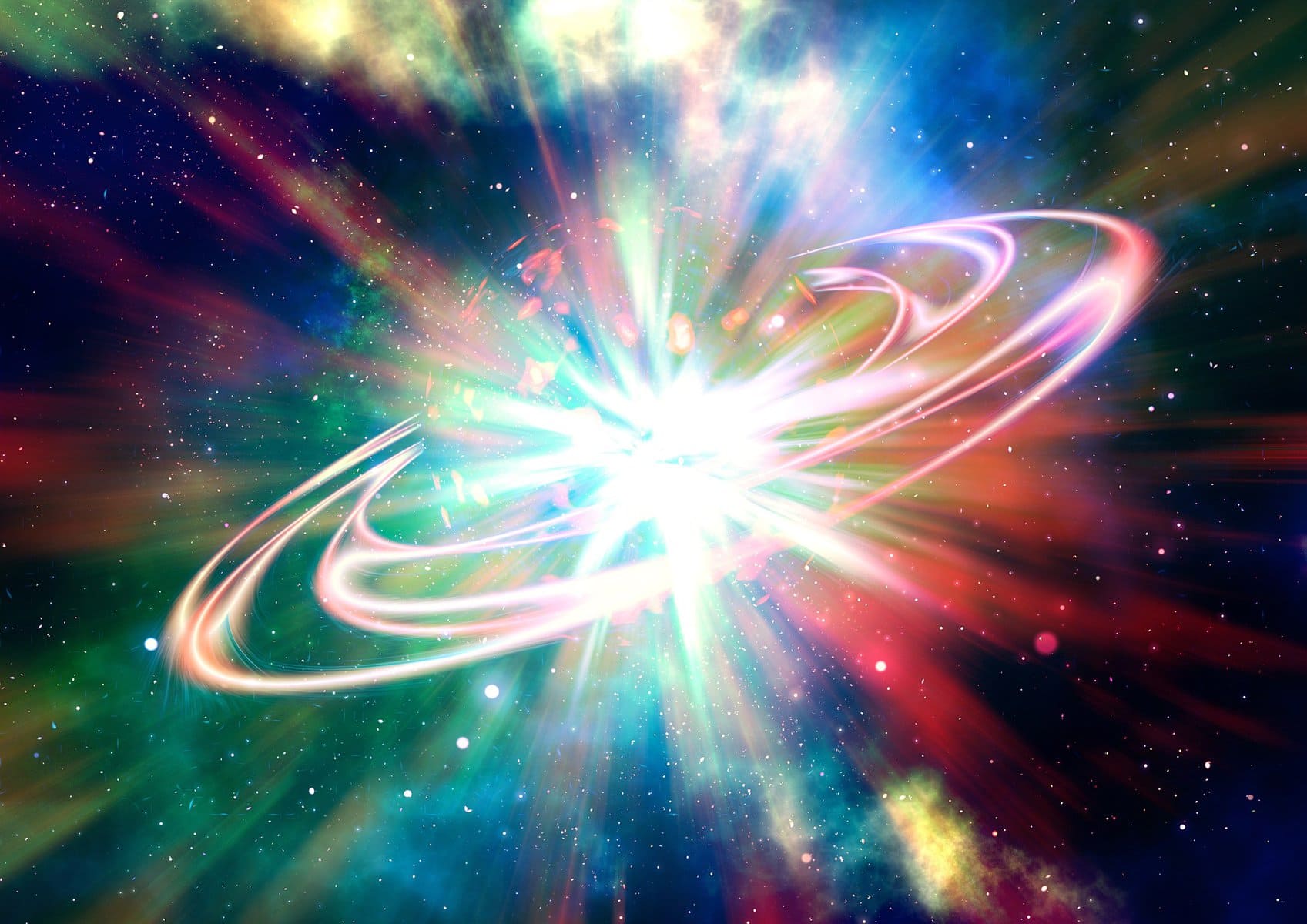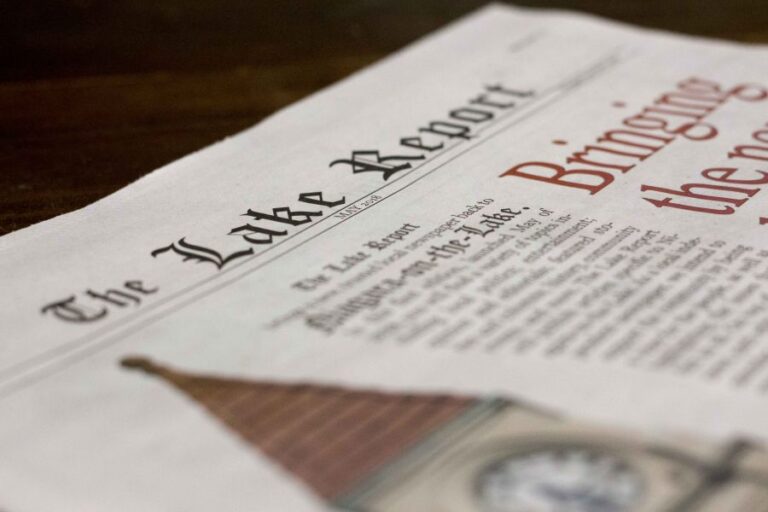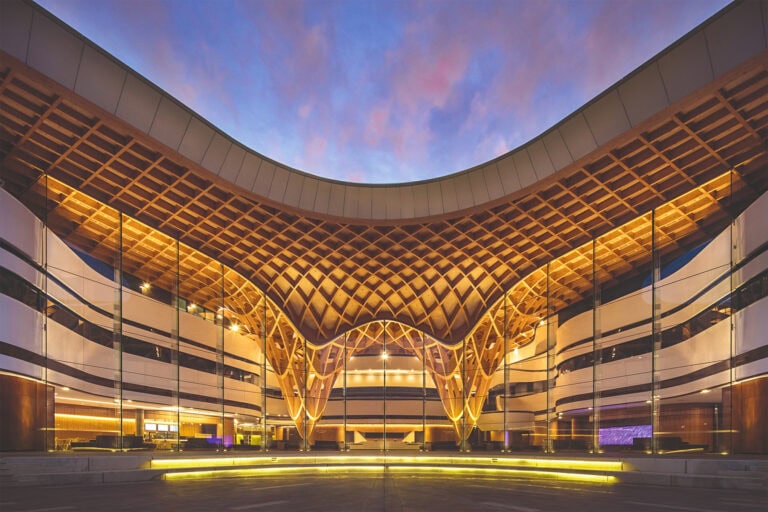The story of the Big Bang we’re familiar with runs something like this:
For reasons unknown, and as yet enigmatic, incredibly tiny, dense, quantal energy field inflated in a trillionth, of a trillionth, of a trillionth of the first second, beginning 13.8 billion years ago to form a vast universe, in which the energy, and soon a mist of newly formed particles, were quantally distributed, according to Werner Heisenberg’s uncertainty principle.
That’s an intimidating sentence, but so was the Big Bang.
For the first few hundred thousand years following the Big Bang, the universe was a very hot plasma soup of highly energized, charged particles, unable to form stable atoms and jam-packed with vast numbers of high-energy photons trapped in the ionized soup, unable to escape.
However, 385,000 years after the Big Bang, the universe expanded and cooled enough for protons and electrons to form stable atoms – hydrogen, helium, and a tiny bit of lithium – and allow those photons to escape.
The expanding universe stretched the wavelengths of the photons into the radio-frequency range, detectable on Earth 13.4 billion years later as the cosmic microwave background.
As theoretically postulated, the radiation and the temperature of the universe were found to be randomly distributed according to the original quantal energy field and Heisenberg’s uncertainty principle.
That’s the Big Bang in a nutshell as we understand it today. However, there’s a problem: current hypotheses offer no explanation for the origins of dark matter.
The latter is gravitationally active but doesn’t interact with the electromagnetic spectrum, hence, dark.
Dark matter is six times more common than ordinary matter – the stuff that we can see.
Hence, dark matter plays an outsized role in gravitationally shaping gaseous clouds of hydrogen and helium into what became the earliest stars and galaxies in the universe.
For that reason, some theoretical physicists suggest there must have been another Big Bang moment, this time to form dark matter.
Such a theoretical “Dark Bang” moment probably occurred soon after the universe had cooled enough for light quanta to escape.
One way to prove whether there was a second bang would be to look for gravitational waves – ripples in space-time, created in this instance by a possible Dark Bang several hundred thousand years following the original Big Bang, which generated ordinary matter.
Detecting such faint waves is beyond the capabilities of current-generation gravitational wave detectors.
The latter have been very successful in detecting cosmic events such as collisions between two black holes, between two neutron stars and between a black hole and a neutron star.
Even so, the ripples are of the order of a fraction of a proton in length measured over a four-kilometre laser beam course. Very faint signals indeed.
For the achievement of designing the first gravitational wave detectors and proof they worked, a Nobel Prize in physics was awarded in 2017.
It’s another lesson in how science works.
First, in this case, evidence there wasn’t enough ordinary matter in the universe to account for the trajectories and formation of stars and galaxies, followed by other indirect evidence for dark matter and a frustrating lack of direct evidence for dark matter particles in particle accelerator studies – so far.
This new hypothesis is intended to tell us when and how dark matter might have been generated.
Resolving this issue will require super sensitive gravitational wave detectors and perhaps in the interim, further studies in the upgraded Hadron particle accelerator in Switzerland, which hopefully might reveal something about the nature of such gravitationally active, but dark, matter.
That’s the kind of question and challenge that theoretical and experimental physicists dream and feast on.
Dr. William Brown is a professor of neurology at McMaster University and co-founder of the InfoHealth series at the Niagara-on-the-Lake Public Library.







